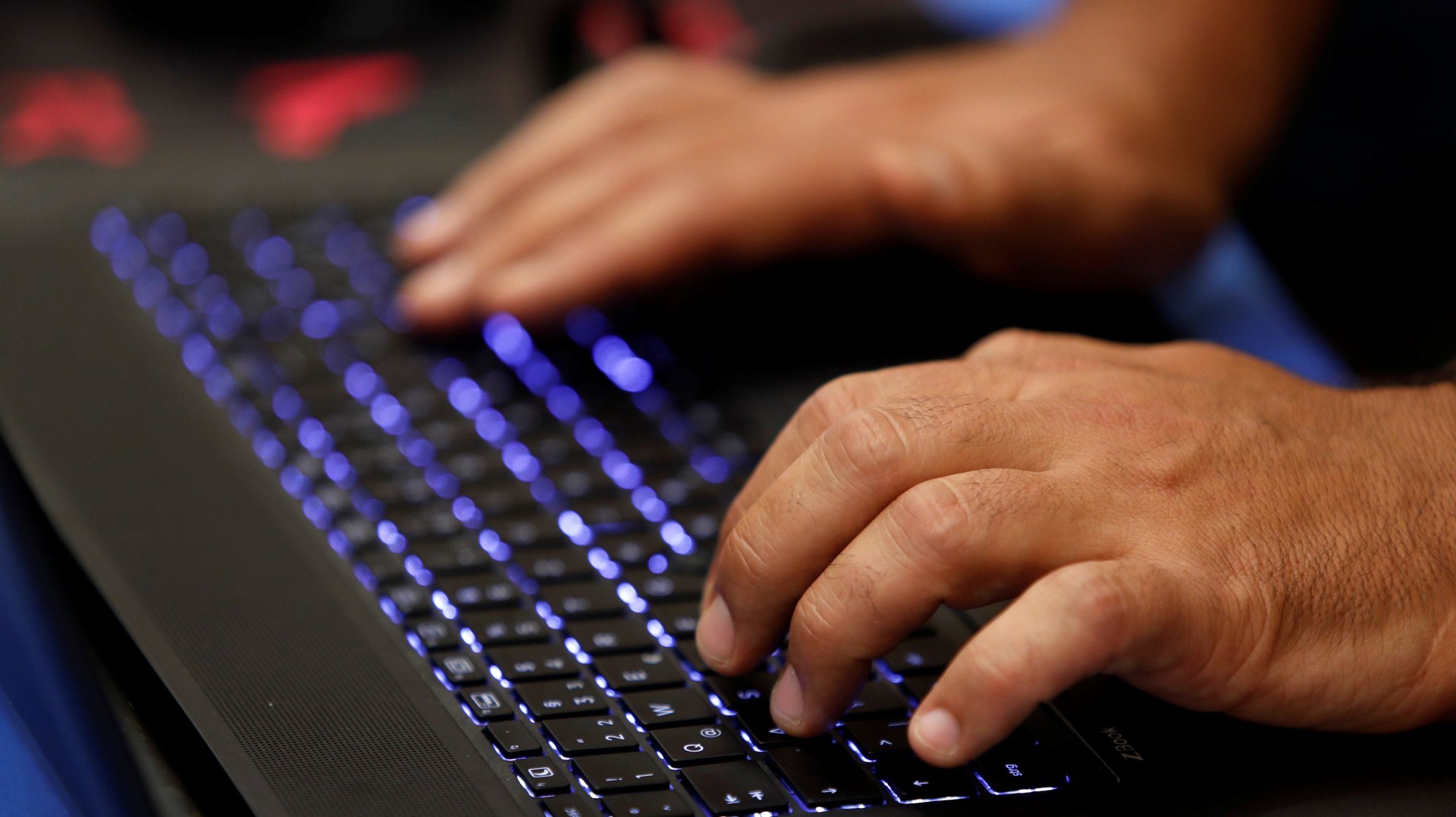The newspaper hack is a reminder of all the US infrastructure that’s vulnerable
Many West Coast subscribers to a US newspapers—including the Los Angeles Times, the Wall Street Journal, and the New York Times—found themselves without news at their doorstep Saturday morning, as a malware attack delayed the printing of several papers.


Many West Coast subscribers to a US newspapers—including the Los Angeles Times, the Wall Street Journal, and the New York Times—found themselves without news at their doorstep Saturday morning, as a malware attack delayed the printing of several papers.
The LA Times reported that authorities believe a “foreign entity” launched the attack using malware. An anonymous source within the company interviewed by the paper said “we believe the intention of the attack was to disable infrastructure, more specifically servers, as opposed to looking to steal information.”
And like that, 2018 ends with yet another reminder that essentially no infrastructure—not the police, not medical networks, certainly not the electoral system—is safe from cyber attacks. Hacking and data breaches have affected everything from retail sites to airline functionality across the US, and with the exponentially growing reliance on digital infrastructure, more data and services than ever are under threat.
Here are some of the most egregious examples of systems that hackers have shown themselves capable of disrupting in the US this past year:
Police departments. Police departments have been subject to hacking for years. Atlanta, Alabama, Washington, DC, New Hampshire, and New Jersey have all seen data breaches and police camera hackings that have affected thousands of citizens in the past two years.
Power grids. Russian hackers have been able to access US power grids. Hackers have been able to substantially interfere with power provision, causing deliberate blackouts. According to US allegations, Russians were able to obtain access to the power grid through malware and phishing.
Retail. Macy’s, Lord & Taylor, Saks Fifth Avenue, Best Buy, even Whole Foods—you name it. No large retailer seems to be safe from hackers, and the personal and credit information of millions of customers have been put at risk.
Air traffic. Delta was hacked. British Airways was hacked. Cathay Pacific was hacked. US aviation traffic control was hacked by Russians.
Hospitals and health services. US hospitals have been often hit by hacks, and of course the data they handle are so sensitive that they expose users to great danger—not to mention, enable blackmailing of hospitals. The levels of security enforced in hospitals are very low (even basic measures such as secure passwords are often overlooked) and hospitals often take a long time to realize they have been hacked.
Banking. Earlier this year, the FBI warned banks that a plan to hack ATMs may be underway. As for banks’ web apps, it’s a matter of when—not if—they are hacked, according to security experts.
Cellphone networks. US carriers’ 4G LTE networks are so susceptible to hacks that researchers at Purdue University were able to classify different types of attacks depending on their effects. From attempts at impersonating a user (which could expose a person’s private messages) to forcing devices offline, the disruptive potential of attacks on cellphones could be large-scale and serious.